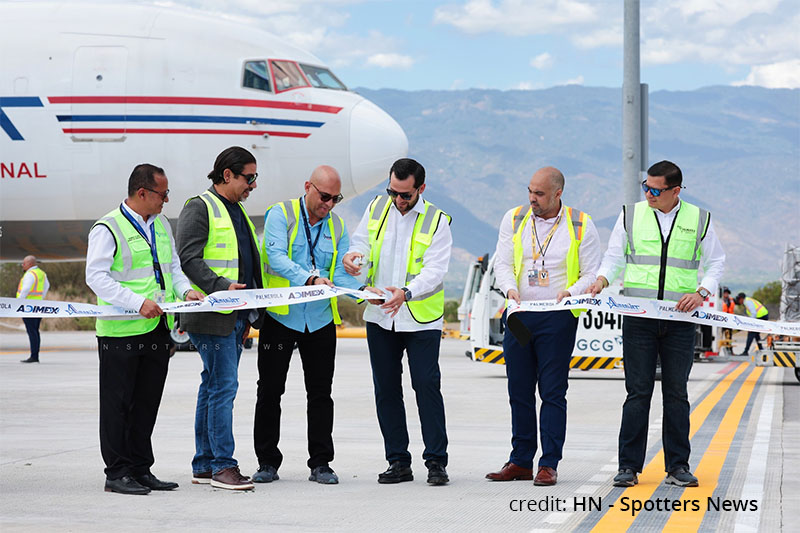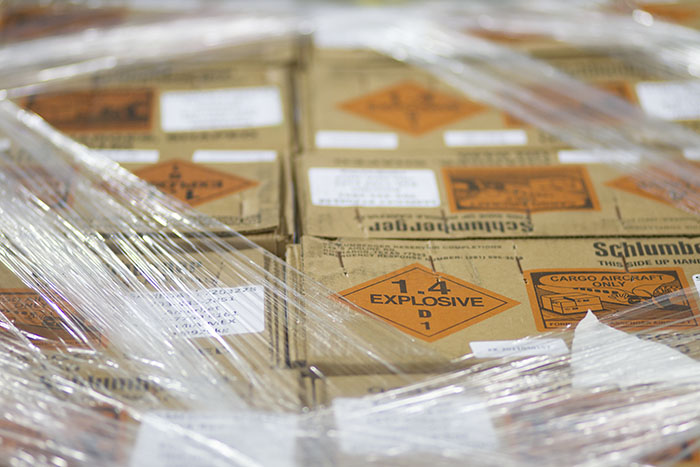Hazmat packaging and shipping requires an experienced cargo transport company
DATE: 03/08/18
Hazmat packaging and shipping requires an experienced cargo transport company
Date: 3/8/2018
Every year, businesses need to ship thousands of products. And in some instances, those packages will get classified as being hazardous materials. This happens all the time. That means businesses will have to deal with the issue of hazmat packaging and shipping.
Those businesses need to be certain they understand the rules governing the safe and proper packaging requirements for hazardous materials, as well as the handling and shipping – or they need to be certain their products are being transported by a cargo shipper experienced in meeting the strict and highly specific federal and international regulations governing hazmat shipping.
If you do have a product that you need to get shipped, and it falls within the category of being hazardous material, there’s no reason for alarm bells to go off. If you’re a small business with no experience in dangerous goods shipping, don’t panic. Amerijet not only understands those concerns but also has decades of experience helping businesses meet all the rules when it comes to hazmat shipping.
As one of the few air cargo carriers that is a proven hazardous transport company, qualified to transport all types of dangerous goods, Amerijet has a team of experts who can ensure that any potentially dangerous goods are correctly and safely handled. We know what to do when those items are brought to us, while they’re in transit and once they reach their destination.
Amerijet transports all types and classes of hazardous material, in accordance with the International Air Transport Association. We have a team of certified staff with experience in hazmat package regulations and shipping services, whose primary concern is the proper transportation of hazmat freight.
What is considered hazardous material?
Hazardous material is anything that’s potentially flammable or explosive. Even if the risk of that happening seems low, certain items can get classified as hazardous if they contain, for example, acids or other chemicals.
So that means very common household items like perfumes and laptops can fall within that category. The reality is that the list of potentially hazardous products is far longer than many people might initially assume.
However, the quantity of goods being shipped also matters. Large numbers of perfume bottles being shipped together poses a greater risk than a single bottle purchased while on vacation.
That’s why transporting hazardous materials requires expert knowledge in safe shipping and handling procedures. The entire process is governed by federal and international rules and regulations.
There are nine classes of dangerous goods. They are:
- explosives;
- gases;
- flammable liquid and combustible liquid;
- flammable solid, spontaneously combustible, and dangerous when wet;
- oxidizer and organic peroxide;
- poison and poison inhalation hazard;
- radioactive;
- corrosive;
- and miscellaneous.
Shippers of hazardous materials — or “hazmat” materials considered to be dangerous goods – often include retailers, utility companies, healthcare providers, manufacturers, and suppliers. It can include, for example, well-known manufacturers of electronic devices such as smartphones, which can be considered flammable because of the chemicals that fuel the batteries within them.
The International Air Transportation Association (IATA) is among the global organizations that categorize dangerous goods into those nine classes and several subcategories. That’s based on the specific chemical characteristics that produce the risks, including whether the items being shipped can be corrosive, pose environmental hazards, are flammable, or are toxic.
The U.S. Department of Transportation regulates hazmat transportation in this country, and the hazmat supply chain requires that only the most stringent care be taken when shipping these products.
It’s common knowledge that certain things can be dangerous – for example, gases like helium and propane, or fireworks, which are explosives. But companies may be surprised by other items that are considered hazmat when transport is required. Even commonly transported items may contain asbestos or dry ice in the packing materials, which can push it into the category of being a hazardous substance.
How should dangerous goods be shipped and transported?
If this all sounds complicated and difficult to follow, it is. Transporting hazardous materials requires expert knowledge, and not all shipping companies are qualified to handle hazardous material shipments. That’s why it’s important to choose a shipping company with experienced, knowledgeable hazmat agents.
The process of transporting hazardous materials is governed by strict laws and shippers are obligated to comply with all the rules and regulations. Shippers need to ensure that:
- their packages have the right shipping name;
- they list the hazard classification and the ID number from the government’s Hazardous Materials Table;
- they classify the product under the right packaging group;
- they note whether it has a great, medium or minor danger.
Companies are in the business of producing and delivering their products – not in mastering complex air shipment safety rules. But the cost of failing to comply is steep. Government agencies have issued nearly $50 million in penalties for compliance violations.
The key to safely transporting these items is in choosing an experienced, qualified hazardous materials shipping company to ensure your compliance. You want to work with a qualified shipping professional with a proven track record in shipping dangerous goods, one that knows how to check the dangerous goods transportation regulations within the destination country.
Amerijet’s team of experts will guide you on how to properly ship and declare these products, taking the guesswork out of shipping your freight.
Amerijet has more than 40 years of experience making the safe transport of cargo our top priority, and handles all types of hazardous material shipments. We transport dangerous goods to and from approved counties in accordance with the IATA Dangerous Goods Regulations.
And we are experts in getting all your packages, including the ones classified as hazardous, to their destination in a fast, efficient and safe contained manner.
Conclusion
At Amerijet, our team takes immense pride in helping customers with potentially dangerous goods. We have a shipping department staffed by agents who can answer questions about transporting hazardous materials, and we will get your packages ready quickly and efficiently.
Amerijet is one of the few air cargo carriers qualified to transport hazardous materials, and we work closely with freight forwarders who are familiar with their customer’s hazmat operations.
Internationally, Amerijet can ensure your hazmat shipments reach their destination safely with door-to-airport and door-to-door cross-border service to Mexico and Canada.
Visit our website at www.Amerijet.com, click on Shipping and then click on Dangerous Goods to learn more about our airport to airport service for hazmat shipping, product and shipment types and the documentation required for these shipments.
To learn more, you can also call Amerijet today at 1-800-927-6059 or locally at 1-407-425-9652.





